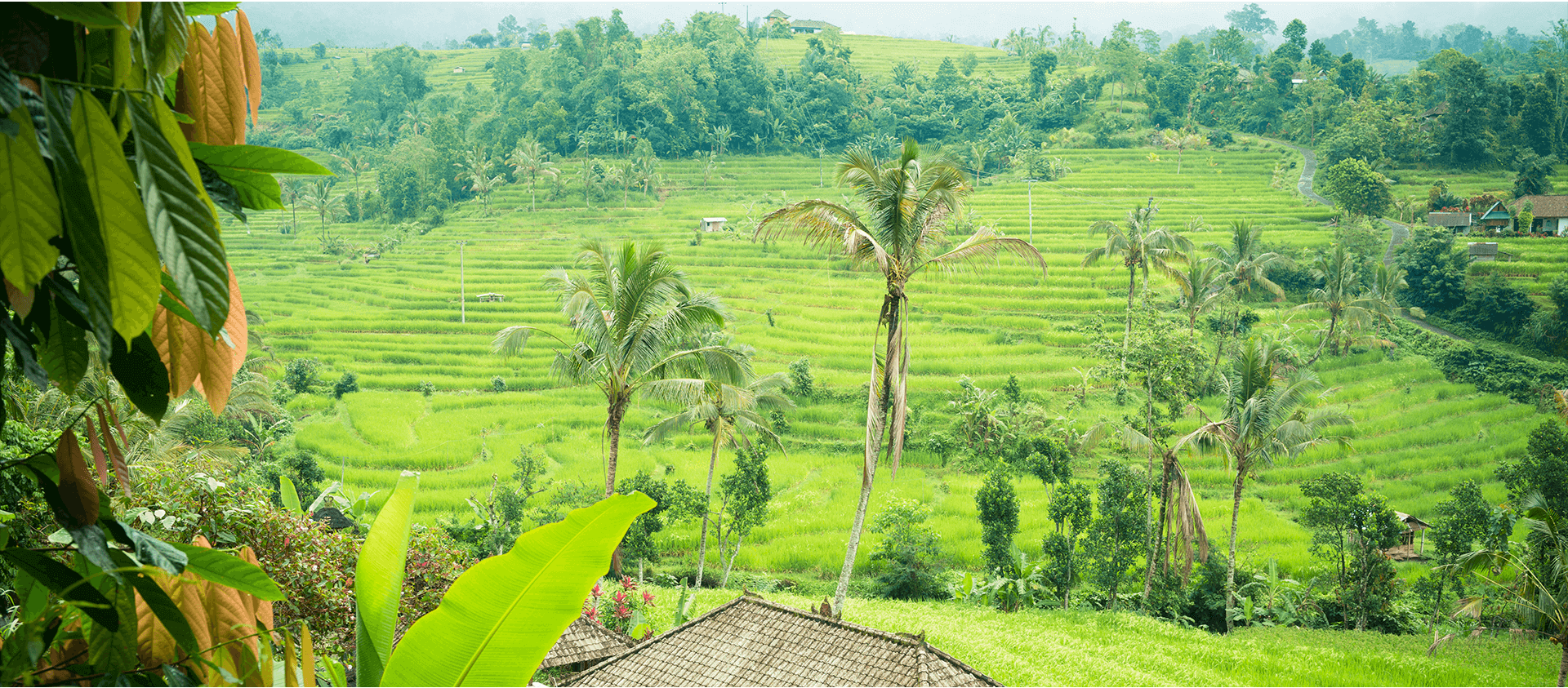TRAVEL EXPERIENCES IN PHONG NHA - KE BANG NATIONAL PARK, VIETNAM
20-03-2019
TRAVEL EXPERIENCES IN PHONG NHA - KE BANG NATIONAL PARK, VIETNAM
Nestled at the foot of limestone cliffs that began formation 400 million years ago, Phong Nha is the gateway to Phong Nha-Ke Bang National Park, home to a series of world record-breaking caves. Situated 40 kilometres northwest of the provincial capital of Dong Hoi and built along the Son River, the small village of Son Trach (also referred to as Phong Nha) is growing to meet the growing number of tourists flocking to explore these underground worlds.

What to do in Phong Nha - Ke Bang National Park ?
Hang Son Doong: Son Doong Cave is in the heart of the Phong Nha Ke Bang National Park in the Quang Binh province of Central Vietnam. Only recently explored in 2009-2010 by the British Cave Research Association, the cave has only been open to the public since 2013.Tu Lan Cave: The Tu Lan cave trip begins with a countryside hike then a swim (with headlamps and life jackets) through two spectacular river caves before emerging in an idyllic valley. Then there's more hiking through dense forest to a 'beach' where rivers merge that's an ideal campsite. There's more wonderful swimming here in vast caverns. Moderate fitness levels are necessary. Tu Lan is 65km north of Son Trach and can only be visited on a guided tour.
 Hang Toi - Dark Cave: Next to Phong Nha, Dark Cave is the most popular tourism site in the area. It was first discovered in 1990 and opened up not long after that. The reason for the name is that there is no artificial light installed inside the cave and with its total length of 6 kilometers it’s nothing but darkness! Moreover, the rocks inside the cave are dark, some gray some black.
Hang Toi - Dark Cave: Next to Phong Nha, Dark Cave is the most popular tourism site in the area. It was first discovered in 1990 and opened up not long after that. The reason for the name is that there is no artificial light installed inside the cave and with its total length of 6 kilometers it’s nothing but darkness! Moreover, the rocks inside the cave are dark, some gray some black.
 Hang En Cave (Hang Én) is the world’s 3rd largest cave, succeeded only by Deer Cave in Malaysia and Hang Son Doong, also located here in the Cave Kingdom of Vietnam, Phong Nha-Ke Bang National Park.
Hang En Cave (Hang Én) is the world’s 3rd largest cave, succeeded only by Deer Cave in Malaysia and Hang Son Doong, also located here in the Cave Kingdom of Vietnam, Phong Nha-Ke Bang National Park.Hang Va: The entrance to Hang Va is a collapse in the floor of a small steep valley, with cliffs to the north. A descent of about 15m leads into a stream passage that averages 5m high and wide. The cave passage contains a stream throughout the dry season.
Downstream leads after 400m to a sump, we believe this water flows into Nuoc Nut Cave, though it has not been confirmed scientifically.
Phong Nha Museum: Poignant black-and-white photographs of the area's war history – especially the Ho Chi Minh Trail and Highway 20 – combine with an exhibition about the ongoing work done by MAG (Mine Action Group) in clearing unexploded ordnance around the region.







.jpg)
.jpg)
.jpg)
.jpg)
.jpg)
.jpg)
_.jpg)
.jpg)
.jpg)
.jpg)
.jpg)
.jpg)
.jpg)